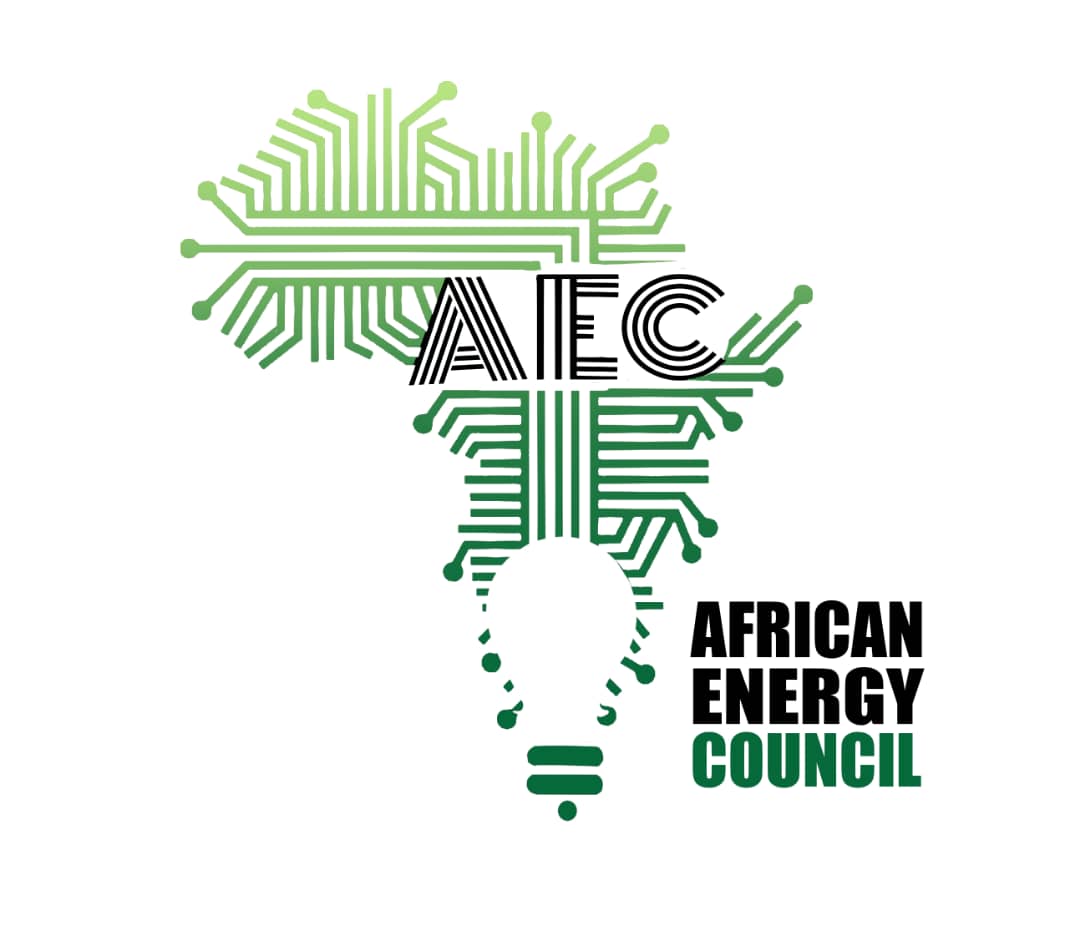Energy analysts have questioned the decision to use Eskom’s Komati power plant as the site of a R9 billion solar and wind project financed by the World Bank.
The Komati power plant, which was essentially shut down last week after reaching the end of its useful life, will be converted into solar, wind, and battery storage capacity, according to separate announcements made on Friday by Eskom and the World Bank.
Additionally, by enhancing the skills of local people, this would support the town’s economy. The installation of 150 MW of solar, 70 MW of wind, and 150 MW of storage batteries is part of the new Komati power station.
The World Bank said the project would also create opportunities for affected workers and communities, with Eskom having already established a containerized micro-grid assembly factory at Komati and recently signing a partnership agreement with the SA Renewable Energy Technology Centre of the Cape Peninsula University of Technology and the Global Energy Alliance for People and Planet to develop a Komati training facility.
A report by the same institutions said South Africa’s transition to net zero will require total incremental financing of R8.5 trillion to 2050 and that the funding gap could be closed only with the support of external resources.
Nuclear physicist Dr. Kelvin Kemm said he had a hard time figuring out how you could use a coal-fired power station for wind and solar in an area not known for these resources, according to the country’s wind and solar map. Kemm was frank about how the Just Transition projects largely ignored nuclear energy.
“For wind, you have to go where the wind is. If you look at a wind map of South Africa, the wind is around the Cape’s coastlines. Komati is not a windy area. So where is the wind going to be harvested?
“Similarly, the solar There are solar maps that show the best place to go is the Northern Cape. Okay, around Mpumalanga, it is generally sunny, but to collect anything meaningful from solar, you need a massive area.
He said that, as a rule of thumb, when politics dictated an engineering solution, it was likely to be wrong. What we had in this instance was a foreign country telling us to pick a site—Komati—and put solar and wind energy there. “Fundamentally, that was crazy,” he said.
Kemm advocated for locally made small modular reactors, which he said were garnering interest in many international markets. Solar had quietly made a comeback in many countries’ energy mix.
Energy expert Matthew Cruise raised questions about a multibillion-rand loan from the World Bank, saying the benefit to South Africa would be limited.
He said Germany was now going back to coal and working on plans to bring nuclear back after realizing that big solar farms and big wind farms could not be relied upon for stable electricity.
“It is very concerning for me to see that, with the load shedding we have, the government is just talking about renewables when they don’t really solve the problem.”

